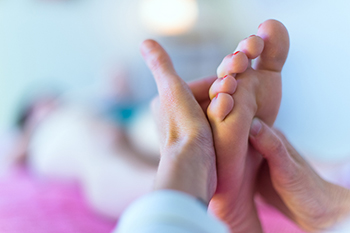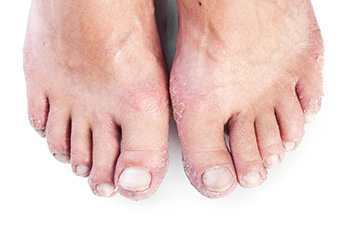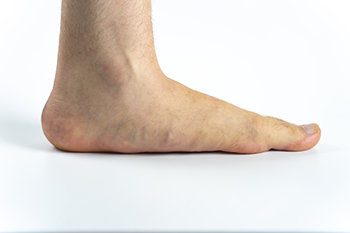
A broken foot can abruptly halt your daily routine and mobility, often resulting from traumatic injuries, falls, or repetitive stress. Recognizing the signs is pivotal in seeking prompt treatment. Common symptoms can include acute pain, swelling, bruising, and difficulty bearing weight. If you suspect a break, getting a medical evaluation via X-rays or scans is essential for accurate diagnosis. Treatment options can vary based on the severity and location of the fracture. Mild cases may necessitate immobilization with a cast or brace accompanied by rest and elevation. Severe fractures may demand surgical intervention to realign bones. Physical therapy aids rehabilitation, restoring strength and flexibility. Patience is key, as recovery may take several weeks to months. Prioritizing medical guidance from a podiatrist ensures optimal healing, paving the way for a steady return to an active life. If you have broken your foot, it is suggested that you visit a podiatrist who can offer treatment methods that are right for you.
A broken foot requires immediate medical attention and treatment. If you need your feet checked, contact one of our podiatrists from Westside Podiatry Center, LLP. Our doctors can provide the care you need to keep you pain-free and on your feet.
Broken Foot Causes, Symptoms, and Treatment
A broken foot is caused by one of the bones in the foot typically breaking when bended, crushed, or stretched beyond its natural capabilities. Usually the location of the fracture indicates how the break occurred, whether it was through an object, fall, or any other type of injury.
Common Symptoms of Broken Feet:
- Bruising
- Pain
- Redness
- Swelling
- Blue in color
- Numbness
- Cold
- Misshapen
- Cuts
- Deformities
Those that suspect they have a broken foot shoot seek urgent medical attention where a medical professional could diagnose the severity.
Treatment for broken bones varies depending on the cause, severity and location. Some will require the use of splints, casts or crutches while others could even involve surgery to repair the broken bones. Personal care includes the use of ice and keeping the foot stabilized and elevated.
If you have any questions please feel free to contact one of our offices located in Liverpool, Camillus, Skaneateles, Oswego, and Cicero, NY . We offer the newest diagnostic and treatment technologies for all your foot and ankle needs.








